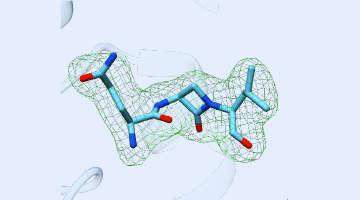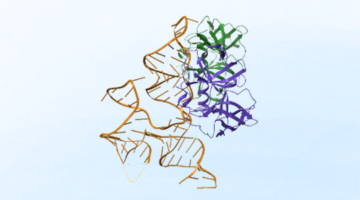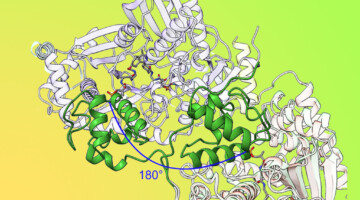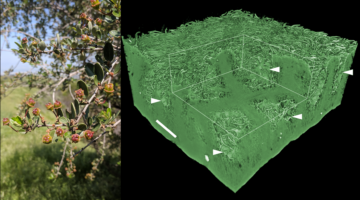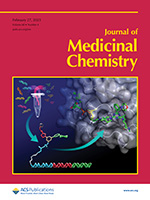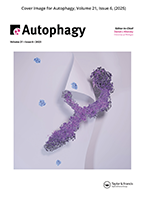Using ALS beamlines, a new study revealed how CMX410 inhibits Pks13, a cell wall enzyme in Mycobacterium tuberculosis, the bacterium responsible for tuberculosis. CMX410 is effective against drug-sensitive and drug-resistant strains of the bacterium and has been proven safe in multiple animal models of infection. Read more »![]()
![]()
Sharks Shed Light on Origins of Adaptive Immune System
A team of researchers identified the three-dimensional structure of a protein expressed by a gene of a modern nurse shark that is proposed to be a close homologue to a gene that, more than 500 million years ago, gave rise to the adaptive immune system shared by all vertebrates. By understanding the emergence and evolution of the immune system, researchers may advance work in immunology, genetics, and biotechnology.
Read more »![]()
![]()
Greg Hura, SIBYLS Team Receive Halbach Award
Greg Hura and the Structurally Integrated BiologY for the Life Sciences (SIBYLS) team received the 2025 Klaus Halbach Award for Innovative Instrumentation at the recent 2025 User Meeting “for their pioneering work in developing the time-resolved, high-throughput, small-angle x-ray scattering (SAXS) technique at Beamline 12.3.1.” Read more »
Researchers Identify Viral Swiss Army Knife, Clarifying How Replication Occurs
Viruses are ingenious, infectious agents, capable of replicating inside the living cells of a host organism. Enterovirus, a common viral pathogen, is responsible for a range of diseases from mild colds to severe conditions, including viral meningitis, myocarditis, and paralysis. A new study sheds light on how enteroviruses use structured RNA elements and multifunctional proteins to coordinate viral replication efficiently using minimal genetic material. Read more »
ALS Captures Structure of Engineered Protein, Opening New Options to Treat IBD
Researchers use the ALS to confirm the structure of an engineered immune protein that could open new opportunities to treat inflammatory bowel disease. Read more »
From Sequence to Structure: A Fast Track for RNA Modeling
RNA isn’t just a genetic messenger—it also folds into complex shapes to drive vital biological processes. Scientists are just starting to understand the many functions of these molecules, and how we can harness them for applications in environmental science, agriculture, and medicine. A powerful new RNA structure prediction tool is here to help. Read more »
Deep-Dive Inspection of a Molecular Assembly Line
By locking down certain movable parts of a modular drug-building protein, researchers learned new details about how carrier proteins transfer the product protein between modules. The results offer insights that could enable scientists to design and create new and improved medicines, such as antibiotics, using synthetic biology. Read more »![]()
![]()
The Secret to Drought Tolerance Lies in a Lilac Crypt
Many species of California lilac grow throughout the state, north to Humboldt and south to San Diego. Some species have developed an adaptation for arid climates: the stomatal crypt. This extremely rare anatomy intrigued a group of researchers, who characterized species with these crypts at the ALS. Their microtomography characterization revealed how the stomatal crypt helps plants survive drought. Read more »
Identification of Structurally Novel KRASG12C Inhibitors through Covalent DNA-Encoded Library Screening
DNA-encoded library (DEL) technology was used to prepare a ~1.6 × 107-compound cysteine-reactive library (representative component shown at bottom, cysteine-reactive site indicated). Screening this library against the KRASG12C oncoprotein identified multiple structurally novel inhibitors of this challenging-to-drug target (e.g., frontmost green compound in the X-ray structure at right, covalent bond to KRASG12C indicated). Read more »
Structure of the human autophagy factor EPG5 and the molecular basis of its conserved mode of interaction with Atg8-family proteins
The study reports the first structure of human EPG5 (HsEPG5) determined by cryo-EM and AlphaFold2 modeling. Read more »
- 1
- 2
- 3
- …
- 24
- Next Page »
